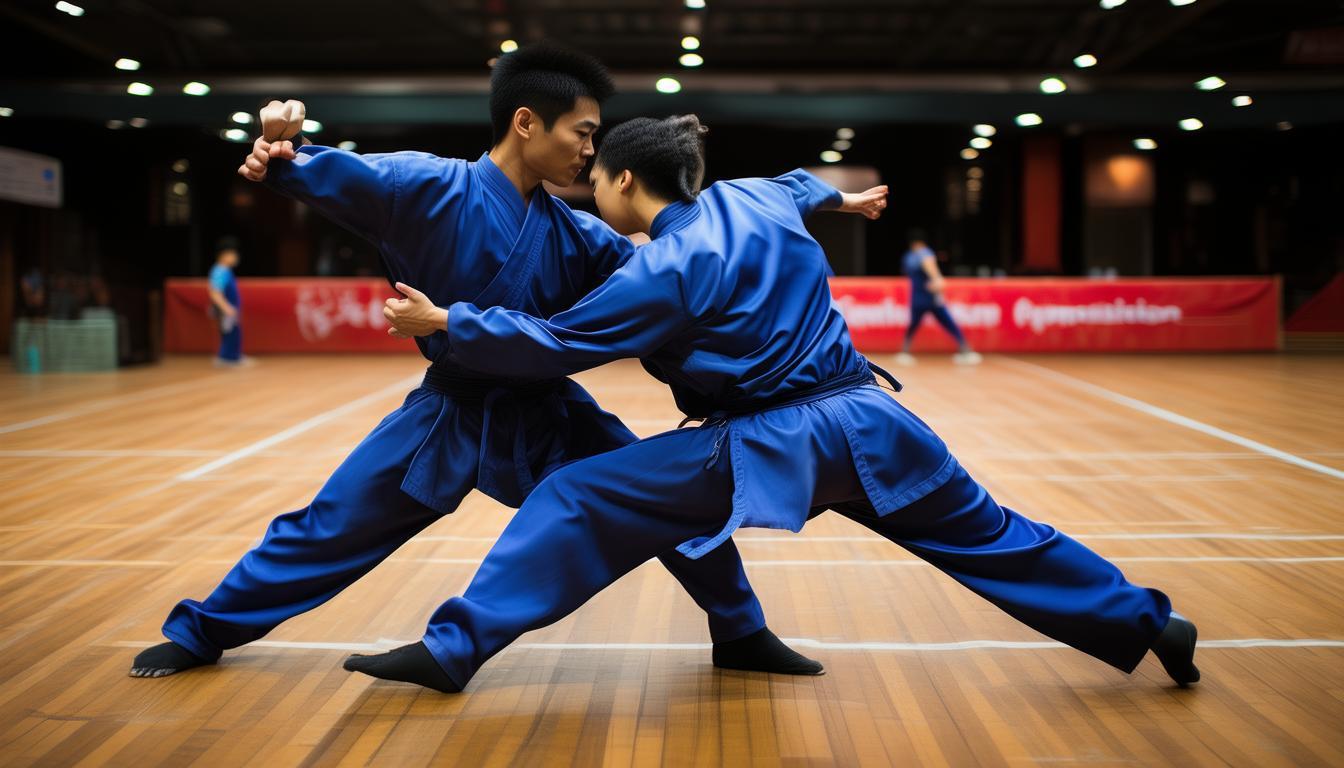Tai Chi grasping is a type of Chinese martial arts, and its technique is very special. The idea of flexibility over hardness in Tai Chi is used in the technique of uniforming the opponent, so you can easily avoid the opponent's attacks and control the enemy skillfully. This technique is not only used for fighting, but also includes a lot of traditional culture. Therefore, many martial arts practitioners like it.
History traces
Tai Chi grasping has a very long history, and its origin can be traced back to the founding of Tai Chi. In the evolution of Tai Chi, the grappling skills are slowly integrated into it. Among the famous Tai Chi masters at the beginning, through continuous exploration and summary in actual combat, they merged the power of Tai Chi with the grappling moves, and slowly built a unique Tai Chi grappling school. This form of martial arts continues to improve during the spread of folk martial arts, and eventually became a masterpiece in the collection of Chinese martial arts.
As time goes by, Tai Chi capture has been continuously improved by martial arts people of all generations. They repeatedly pondered the control moves based on their practical experience and the essence of Tai Chi. Every innovation makes Tai Chi more exquisite and practical, allowing it to remain vigorous in all eras, continue to spread and become more prosperous.
Technical Features
The most outstanding advantage of Tai Chi is to overcome hardness with softness. It does not compete with the enemy head-on, but relies on keen awareness and agile moves to make the opponent's strength go astray, and then uses the force to subdue the opponent. For example, when encountering a strong offensive, use rotation, traction and other postures to eliminate the incoming momentum, and then quickly use the capture.

This skill is about following the trend. With the help of the opponent's impact force and his own rotation, you can defeat the big with the small and effectively control the opponent. When fighting in actual combat, you will pay attention to the opponent's route of force and the shift of your body's center of gravity, and flexibly use moves such as traction, grasping, binding, and controlling enemies, so that the opponent loses stability without any defense and is eventually subdued firmly, fully reflecting the strategy and techniques of Tai Chi grasping.
Training method
Laying a good foundation is the key to mastering Tai Chi grasping. Beginners must start with standing in stance , and use standing in stance to improve their body's balance ability and strength control to ensure a stable foundation. In addition, you must repeatedly practice the standard moves of Tai Chi to understand the application of strength and body skills contained in it, so as to lay a solid foundation for subsequent learning of grappling skills.
Practical drills are also very important. The two of them work together to conduct offensive and defensive activities. Continuously change the way and intensity of the attack, so that practitioners can improve their response skills and master grasping techniques in the process of changes. This type of practical exercise helps practitioners to more thoroughly understand the mystery of Tai Chi grappling and the level of coping in augmented reality struggles.
Practical application
In daily life, Tai Chi grappling can be used to protect yourself. Once an illegal attack is encountered, practitioners can use this technology to quickly subdue the other party and ensure the safety of themselves and those around them. For example, if you are suddenly invaded close, you can handle it calmly and dexterously resolve and control the attacker.

In martial arts competitions, Tai Chi grasping has special advantages. Participants use the exquisite techniques of this technology to control their opponents under the permission of the competition rules to obtain points. This combination of hardness and softness allows contestants to flexibly deal with different opponents in the competition, fully reflecting the practical use of Tai Chi grappling.
Cultural significance
Tai Chi grasping contains a profound cultural heritage. It integrates the concepts of balance and opposition, rigidity and softness in ancient Chinese philosophy. Balanced opposition can be demonstrated in the transition from offense to defense, while the combination of hardness and softness is reflected in the grappling skills that have both gentle resolution and strong control.
It is also a thread connecting culture. The master led his apprentices and had martial arts competitions. Tai Chi grasped passed on the knowledge of Chinese martial arts to those who later came to the future. Among them, it is not only the transmission of craftsmanship, but also the connection between national ambition and culture. As a result, more and more people know and like the knowledge of Chinese martial arts.
Have you encountered any difficult problems when practicing Tai Chi? Please support this article so that everyone can share their experiences and experience the uniqueness of Tai Chi capture together!


